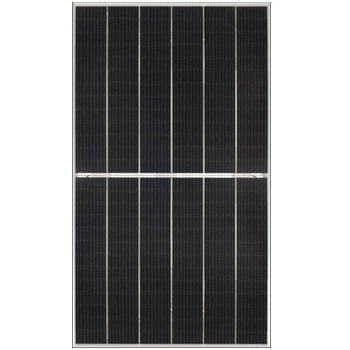
Solar Assisted Heatpumps (SAHPs), a technology that brings together solar thermal panels and heat pumps to provide cost-effective, efficient hot water. We will shed light on the following and more:
Government Incentives: In the UK, government schemes like the Boiler Upgrade Scheme offer grants of up to £7,500 to assist with the upfront costs of installing heat pump. While the scheme is explicitly mentioned for air source and ground source heat pumps, similar incentives may apply or become available for SAHPs, reducing the overall investment required.
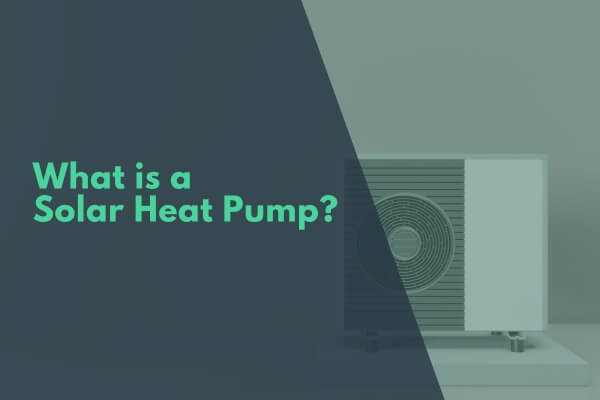
A Solar Heat Pump, often referred to as a Solar Assisted Heat Pump (SAHP), is an innovative hybrid heating system that merges the principles of solar energy collection with the efficiency of heat pump technology to provide a sustainable method for space heating and hot water production.
This system utilises solar thermal panels to absorb solar radiation, which is then used to increase the temperature of a refrigerant or fluid within the heat pump circuit. The heat pump component amplifies this thermal energy through compression, efficiently transferring it to heat water or air for residential or commercial use.
Unlike traditional heating systems, SAHPs can significantly reduce reliance on fossil fuels and electricity by leveraging renewable solar energy, offering an eco-friendly, cost-effective solution that enhances energy efficiency and reduces carbon footprint.
Choosing the best solar assisted heatpump for your home depends on specific needs, including climate, household size, and budget. Here are some top contenders known for their efficiency and reliability:
| Solar Heat Pump Model | Key Feature |
|---|---|
| Grant Aerona R32 | Considered the best on the market currently. |
| Dimplex System H6 HTi70 | Known for its efficiency. |
| LG Therma V R32 Monobloc | Recommended for cold climates. |
| HydroPro ECO 12 | Ideal for swimming pools. |
| Vaillant flexoTHERM 400v | Known for its power. |
| MasterTherm UK BoxAir Inverter | Offers a seven-year warranty and is highly efficient. |
| Daikin Altherma 3 H HT | Considered the best for high temperature applications. |
| SAHP 200 | Cost-effective and green, can be combined with solar panels for renewable energy. |
Let's dive a little more into each model:

The Grant Aerona R32 stands out as a top performer in the UK's solar heat pump market, known for its cutting-edge technology and remarkable efficiency.

Renowned for its efficiency, the Dimplex System H6 HTi70 is a standout solar heat pump that delivers consistent performance and reliability.






The cost of installing a typical solar-assisted heat pump can hover around £6,000. However, this figure can fluctuate based on several factors, including the specific model you choose, the quantity of evaporator panels necessary for your setup, and the potential need for a hot water cylinder. Additional considerations, such as the requirement for extra pipework, scaffolding, or other installation-related tasks, can also influence the final price.
| Capacity (kW) | ASHP Cost (£) | GSHP Cost (£) | Solar Panel System Cost (£) | Installation Cost (£) | Government Grants Available |
|---|---|---|---|---|---|
| 1-2 kW | 8,000 - 18,000 | 14,500 - 45,000 | 6,500 - 9,000 (4kW system) | Varies; approx. 1,600 - 3,100 | Up to £7,500 (Boiler Upgrade Scheme) |
| 3 kW | 8,000 - 18,000 | 14,500 - 45,000 | 7,000 - 8,000 (3kW system) | Varies; approx. 1,600 - 3,100 | Up to £7,500 (Boiler Upgrade Scheme) |
| 4 kW | 8,000 - 18,000 | 14,500 - 45,000 | 9,000 - 10,000 (4kW system) | Varies; approx. 1,600 - 3,100 | Up to £7,500 (Boiler Upgrade Scheme) |
| 5 kW | 8,000 - 18,000 | 14,500 - 45,000 | 11,000 - 12,000 (5kW system) | Varies; approx. 1,600 - 3,100 | Up to £7,500 (Boiler Upgrade Scheme) |
| 6 kW | 8,000 - 18,000 | 14,500 - 45,000 | 13,000+ (6kW+ systems) | Varies; approx. 1,600 - 3,100 | Up to £7,500 (Boiler Upgrade Scheme) |
This table provides a general overview of the costs associated with setting up a solar assisted heat pump system in the UK, combining the costs of heat pumps and solar panel systems, which are key components of SAHPs.
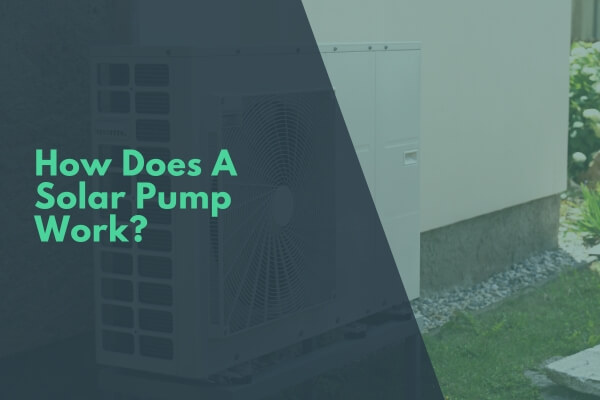
Solar Assisted Heatpumps (SAHPs) are an innovative type of heating system that leverage the power of solar energy to produce hot water. The key ingredients in this process are a solar thermal panel and a heat pump. Together, these elements work to optimise energy efficiency and minimise electrical consumption.
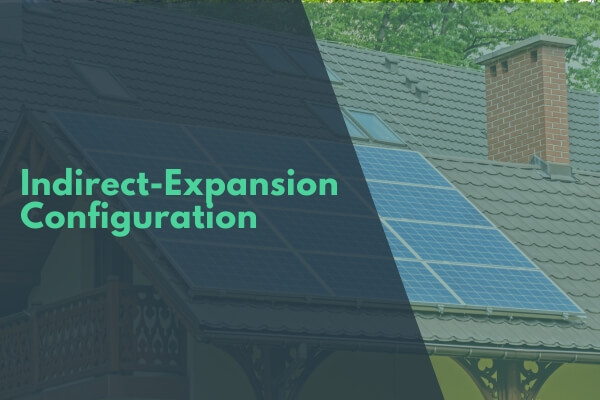
The indirect-expansion configuration is one of two main types of SAHPs. In this setup:
Antifreeze plays a crucial role in maintaining system efficiency. It allows SAHPs to continue operating even at sub-zero temperatures by preventing freezing in the solar thermal panel.
While this configuration is effective, it's not without challenges. One significant hurdle is balancing performance with electrical consumption reduction – an essential aspect for achieving optimal energy efficiency.
Striking a balance between these two factors requires careful calibration of system components and settings. Too much emphasis on performance might lead to excessive electrical consumption, while prioritising electricity reduction could compromise the system's capacity to produce enough hot water.
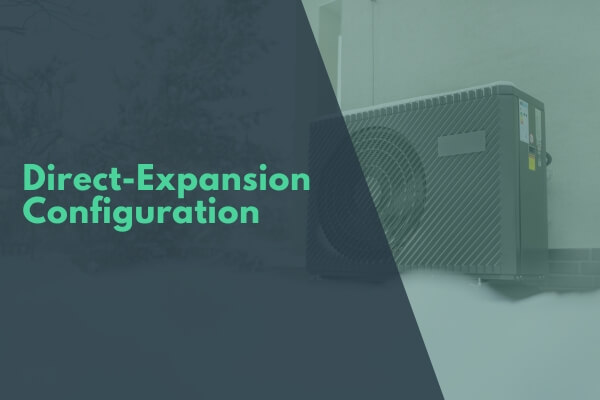
A second approach to Solar Heat Pump is the Direct-Expansion Configuration. This system directly integrates a refrigerant fluid into the solar thermal panels, making it distinct from the Indirect-Expansion Configuration which utilises an antifreeze fluid.
The way it operates is by circulating this refrigerant fluid through the solar thermal panels. As the fluid absorbs heat from both sunlight and ambient air, it evaporates into a gas. It then passes through a compressor, which raises its temperature even further. The hot gas transfers its heat to the water in a storage tank, and then it condenses back into a liquid to restart the cycle.
One of the primary benefits of this configuration is that it eliminates the need for an intermediary heat transfer fluid or exchange loop. This characteristic leads to several advantages:
However, along with these benefits come some challenges. One such challenge is the need for careful control of refrigerant flow and compression rates to prevent performance drop-offs at low radiation levels or high hot water demand situations.
In essence, while the Direct-Expansion Configuration offers significant potential for efficient use of solar energy and reduced electricity consumption, its successful implementation requires careful system design and operation management.
Before moving on to enhancing the performance of these systems, it is crucial to consult with a certified professional to evaluate which heat pump aligns best with your objectives and site conditions.
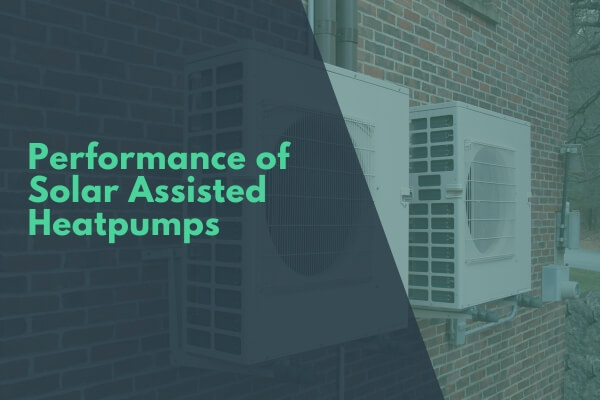
Solar Assisted Heatpumps (SAHPs) can achieve greater energy savings with an innovative approach known as the Double Cold Source Configuration. This configuration leverages two separate cold sources:
The system switches between these cold sources based on their availability and efficiency at any given time. During colder periods, when the ambient air temperature is lower, the system primarily uses the evaporator panel to extract heat. Conversely, during warmer conditions or periods of insufficient solar radiation, the system can switch back to using ambient air.
Despite these considerations, the long-term benefits associated with energy savings often justify the increased complexity for consumers focused on maximising efficiency and reducing their carbon footprint.
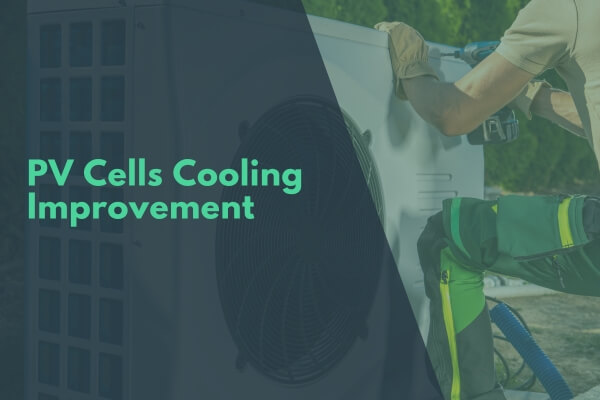
Effective cooling of Photovoltaic (PV) cells plays a critical role in enhancing overall energy efficiency in Solar Assisted Heatpumps systems. As PV cells convert sunlight into electricity, they inevitably generate heat—a portion of which can be detrimental to their performance if not managed properly.
These cooling methods not only prevent overheating but also improve PV cell lifespan and performance. When integrated smartly within SAHPs, they contribute to a system that not only saves on electrical consumption but also enhances renewable energy generation.
By implementing these enhancements—Double Cold Source Configuration and improved PV cells cooling—SAHPs become a formidable technology in the quest for eco-friendly and cost-saving heating solutions.

Solar-assisted heat pumps in the UK have a variety of experiences from users, ranging from great satisfaction to challenges primarily due to property insulation levels and climatic factors.
"What makes ASHP less viable in the UK is the cost of electricity and the state of insulation in many UK properties... a well-designed ASHP will cost about the same as gas per unit of energy. Insulation does not change the cost of one kWh of heat, it just means you use less."[1]
"Heat pumps are more efficient with low-temperature emitters... One way to achieve this is to leave the radiators and improve insulation"[1]
"Heat pumps are expensive, particularly because of installation costs. Variable costs can be very low but the initial investment is large"[1]
"Excellent so far. Warm house, not too expensive, and now we have solar and batteries installed, it's cheap to run too"[2]
"It just seems to maybe increase efficiency in the shoulder season, but that's not a serious problem?"[3]
"And I don't think you're going to get much assist in winter in the UK, for example, there's only 2 average hours of sunlight per day in December and January in London"[3]
"Less moving parts than normal heat pumps, so should be even more reliable"[3]
"We have had this installed about a month ago and it’s absolutely terrible... It uses CO2 so it's high pressure and I believe they were having leakages with the equipment" [3]
"The grant BTW has recently changed to £7500 so go for it while it lasts if your house insulation is done as heat pump sizing is based on house heat leakage"[2]
SAHPs offer superior room heating capabilities compared to traditional heat pumps.
They require less installation space than solar thermal systems.
Their overall energy efficiency is greater than both traditional heat pumps and solar thermal systems. Therefore, for consumers seeking an efficient, space-saving, and reliable heating solution, Solar Assisted Heatpumps emerge as a strong contender.
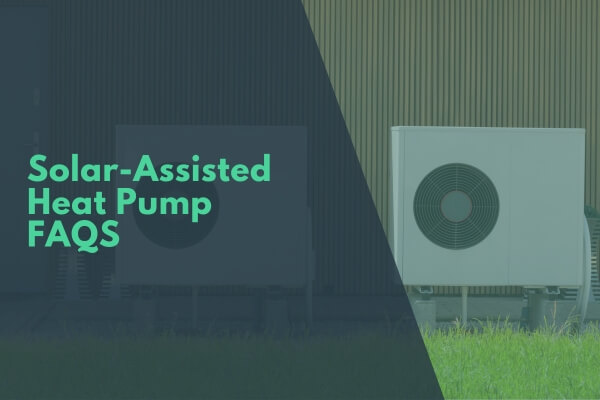
Solar-assisted heat pumps (SAHPs) are systems that combine solar energy collection with heat pump technology to provide heating and cooling for residential buildings. They use solar panels with a heat exchanger on the backside to absorb energy from the environment, which is then used as a source for the heat pump. This can be beneficial as it reduces the reliance on external electricity or gas for heating and cooling.
While not as widespread as traditional heat pump systems, solar-assisted heat pumps are gaining traction in countries like the UK, Saudi Arabia, and Costa Rica. They are suitable for climates like the UK where they can operate efficiently even in temperatures down to about -10°C.
The main advantages include the potential for increased efficiency, especially during shoulder seasons, and the use of renewable solar energy which can reduce electricity bills. They also tend to have fewer moving parts than conventional heat pumps, which could lead to higher reliability and lower maintenance costs.
Some users have reported issues such as insufficient heating, noisy compressors, and system complexity. Additionally, the initial capital expense may not be justifiable for all users, especially if the operational savings are not significant. There are also concerns about the efficiency of the system during the winter months in regions with limited sunlight.
Yes, solar-assisted heat pumps can be used for cooling. However, there are concerns that using the system for cooling might lead to overheating the solar panels, which could negatively affect efficiency and the lifespan of the panels.
Some users believe that having separate solar panels and a heat pump might be more beneficial if there are no building constraints. This allows each system to operate optimally without the potential drawbacks of combining the technologies.
When considering installation, it's important to assess the climate suitability, the potential for solar energy collection, and the specific heating and cooling needs of the residence. It's also crucial to consider the cost of installation versus the expected energy savings over time.
In cold climates, solar-assisted heat pumps can perform well, particularly in regions like the UK or where temperatures do not typically drop below the operational range of the system. However, their performance may be less efficient in areas with extreme cold and limited sunlight during winter.
Typically, these systems consume about 500W of energy when on and can heat a water tank to 55°C. They activate when the temperature drops by 5°C. The size of the system, such as the water tank capacity, can vary based on the needs of the household.
The running costs for a solar assisted heat pump are generally affordable, with annual electricity expenses typically ranging from £80 to £100. This makes it an economically viable option for many homeowners looking to reduce their energy bills.
Yes, solar-assisted heat pumps can be integrated with solar photovoltaic (PV) systems. Some systems allow for excess electricity generated by solar PV to be used to heat the water tank, increasing overall efficiency.
While specific maintenance requirements are not detailed in the search results, it is generally mentioned that solar-assisted heat pumps have fewer moving parts than traditional heat pumps, which could imply lower maintenance needs.
Solar assisted heat pump systems harness both the ambient air's heat and the sun's rays to efficiently provide hot water for homes. Unlike traditional solar thermal systems, which rely exclusively on solar panels or collectors to capture the sun's energy for water heating, these innovative setups combine the best of both worlds. This dual-source approach not only increases the system's efficiency but also ensures a more consistent supply of hot water, even during less sunny periods, by utilising the ambient air temperature as a supplemental heat source.